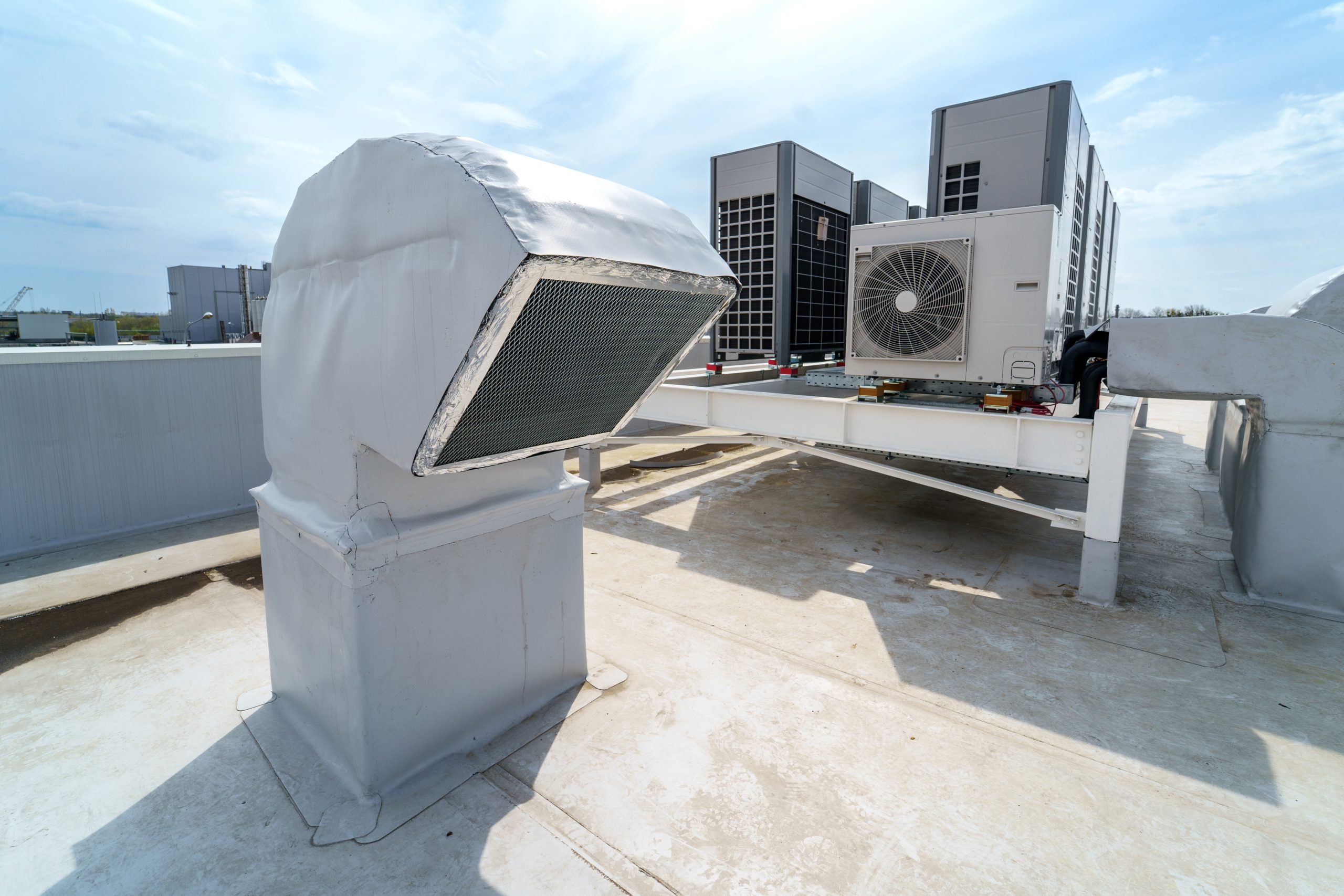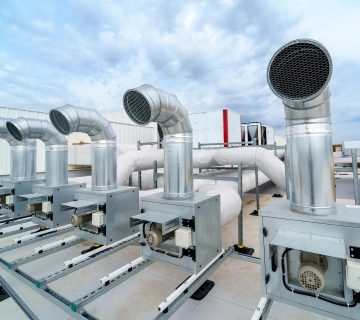Large commercial buildings, such as office towers, shopping malls, and industrial facilities, require HVAC systems that are not only powerful but also efficient and adaptable. With the increasing demand for energy efficiency and sustainability, HVAC technology has evolved to provide innovative solutions tailored to the unique needs of these expansive spaces. In this blog post, we’ll explore cutting-edge HVAC solutions designed specifically for large commercial buildings and how they can benefit businesses and building owners.
The Challenge of HVAC in Large Commercial Buildings
Before diving into innovative solutions, it’s essential to understand the challenges HVAC systems face in large commercial buildings:
- Energy Efficiency: Large commercial spaces often have high energy demands, making energy efficiency a priority.
- Zoning and Control: Managing temperature and comfort across multiple zones in a large building can be complex.
- Maintenance: Extensive systems require regular maintenance to avoid costly breakdowns.
- Environmental Impact: As businesses move towards more sustainable practices, reducing the carbon footprint of HVAC systems is essential.
Fortunately, modern HVAC solutions address these challenges with innovative features and technologies.
1. Variable Refrigerant Flow (VRF) Systems
Variable Refrigerant Flow (VRF) systems are highly efficient and flexible solutions designed for large commercial spaces. They offer:
- Zoned Heating and Cooling: VRF systems can simultaneously heat and cool different areas of a building, ensuring that each zone is maintained at the desired temperature.
- Energy Efficiency: These systems adjust refrigerant flow based on the current load, reducing energy consumption compared to traditional systems.
- Flexible Installation: VRF systems can be installed with minimal disruption to building operations and are ideal for retrofitting older buildings.
Best for: Office buildings, retail spaces, and mixed-use developments where different areas may have varying temperature requirements.
2. Smart HVAC Systems with IoT Integration
Smart HVAC systems leverage the power of the Internet of Things (IoT) to provide real-time monitoring, data collection, and optimization. These systems offer:
- Remote Monitoring: Building managers can monitor and control HVAC systems remotely, reducing the need for on-site management.
- Predictive Maintenance: IoT-enabled systems can detect potential issues before they become serious, scheduling maintenance and avoiding costly repairs.
- Energy Optimization: Smart HVAC systems use data analytics to optimize energy use, reducing waste and improving overall efficiency.
Best for: Large office complexes, shopping centers, and industrial facilities where real-time monitoring and optimization are critical.
3. Geothermal Heat Pumps
Geothermal heat pumps (GHPs) are a highly sustainable and energy-efficient HVAC solution for large commercial buildings. By leveraging the consistent temperature of the earth, GHPs provide:
- Energy Savings: Geothermal systems can reduce energy consumption by up to 50% compared to conventional HVAC systems.
- Sustainability: GHPs produce no direct emissions and have a significantly lower carbon footprint than traditional systems.
- Longevity: These systems have a long lifespan, requiring less maintenance over time, which makes them a cost-effective solution for the long term.
Best for: Buildings focused on sustainability, such as green-certified commercial properties, schools, and hospitals.
4. Energy Recovery Ventilation (ERV) Systems
Energy Recovery Ventilation (ERV) systems are designed to improve indoor air quality while reducing energy consumption. These systems:
- Recover Heat or Cool Air: ERV systems capture heat from exhaust air during winter or cool air during summer, reducing the load on the HVAC system.
- Improve Indoor Air Quality: By continuously exchanging indoor air with fresh outdoor air, ERVs reduce the concentration of indoor pollutants and ensure a healthier indoor environment.
- Energy Efficiency: By using recovered heat or cool air, ERVs can reduce HVAC energy consumption by up to 30%.
Best for: Large commercial buildings that prioritize indoor air quality, such as healthcare facilities and educational institutions.
5. Chilled Beam Systems
Chilled beam systems are a modern and energy-efficient alternative to traditional air distribution systems. They work by circulating water through ceiling-mounted units, providing:
- Silent Operation: Chilled beam systems operate without fans, ensuring quiet operation—ideal for office environments.
- Energy Efficiency: By using water rather than air to cool spaces, these systems consume significantly less energy than conventional HVAC systems.
- Better Air Distribution: Chilled beams offer consistent and uniform cooling, reducing hot spots and improving comfort.
Best for: Office buildings, academic institutions, and other commercial spaces that require quiet, efficient cooling solutions.
Building Automation Systems (BAS)
Building Automation Systems (BAS) allow for centralized control of all building systems, including HVAC, lighting, and security. HVAC systems integrated with BAS provide:
- Automated Control: BAS can automatically adjust HVAC settings based on occupancy, time of day, or weather conditions, maximizing energy efficiency.
- Data-Driven Insights: Building managers can access data on energy usage, system performance, and potential issues, enabling better decision-making.
- Cost Savings: Automated systems reduce unnecessary energy consumption, leading to significant savings over time.
Best for: Large commercial and industrial facilities where centralized control and automation can enhance operational efficiency.
Innovative HVAC solutions have revolutionized the way large commercial buildings manage their heating, cooling, and ventilation needs. Whether it’s energy-efficient VRF systems, sustainable geothermal heat pumps, or smart HVAC systems with IoT integration, these technologies provide tailored solutions that enhance comfort, optimize energy use, and reduce environmental impact. At EDI HVAC&R, we are committed to helping businesses find the best HVAC solutions for their needs. Contact us today to learn more about how we can assist with your commercial HVAC projects.



